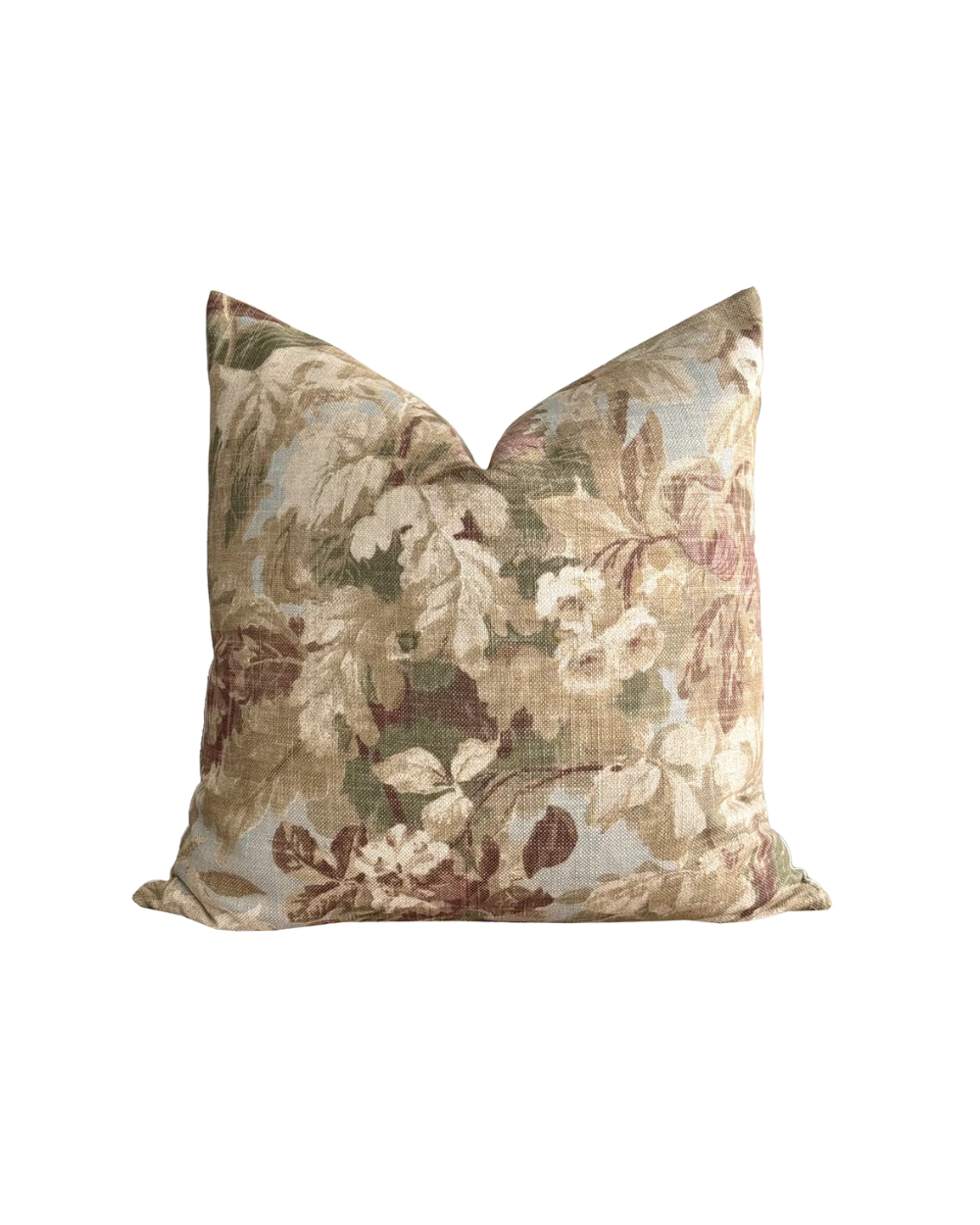The Scents of Home: Your Guide to 7 Nontoxic Home Fragrance Options
Lifestyle
Our sense of smell is powerful. The slightest fragrance can instantly transport us to a specific time or place. Scents evoke feelings and emotion; they move us. According to Harvard researchers, our affinity for scents makes sense; smell and memory are closely tied within the brain's anatomy.
So, of course, we want our homes to smell great. However, we don’t want that wonderful smell to be hazardous to our health. It's important that we choose nontoxic home fragrance when possible.
If you’re thinking, “but I love candles and air fresheners!”, don’t worry! There are still plenty of great, safer home fragrance options that I'll share with you. Here's why you should consider healthy home fragrances and be aware of the hazards lurking in many scented products on the market.
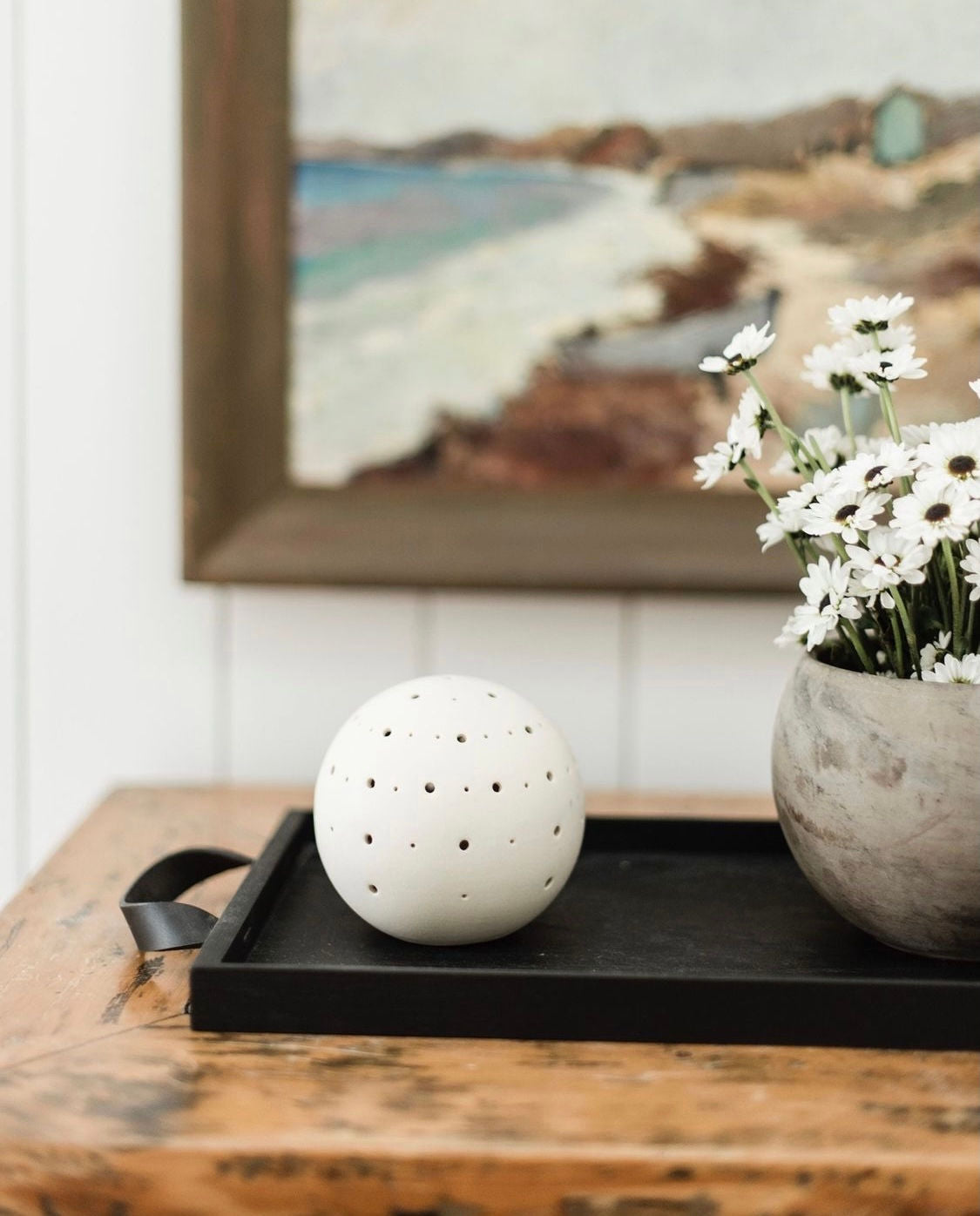
Design: The Identité Collective | Photography: Madeline Harper Photography
Why it’s Important to Choose Nontoxic Home Fragrance
Chemicals are ubiquitous. Any matter is made of atoms (in other words, everything) and thus could also be considered a chemical. Human beings are made of chemicals. So when we hear the words "chemical fragrance," it's a bit deceiving.
It's not even that all scented products are bad or that if something contains “fragrance,” it should be considered toxic. There are plenty of natural, nontoxic home fragrance options out there. Most of the scents and smells you experience throughout your day (pleasant and less pleasant) are probably nontoxic and safe.
But synthetic fragrances that manufacturers add to many home fragrance sprays, candles, and scented items can be dangerous. Additionally, whenever we burn something, like a candle, it gives off some carcinogens through smoke—even if the scent is completely nontoxic. The candle smoke becomes more hazardous when the wick and wax are also made of carcinogenic material. However, remember that our cars give off carcinogenic and dangerous exhaust; the natural gas we use in our homes can be deadly. Many other chemicals are harmful in large amounts. In small quantities, it's likely not as dire.
So it's essential to realize that home fragrance is an area where perfect becomes the enemy of good. It's okay to seek healthy home fragrances to lessen your exposure to harmful chemicals while still enjoying an occasional candle or a great room spray.
After all, if a scent is so intensely evocative of our favorite memories, we wouldn't want to deny ourselves the experience. On that same note, if you have pets, cook salmon, or put sweaty yoga clothes in the laundry, you may occasionally need to clear the air and help eliminate an odor.
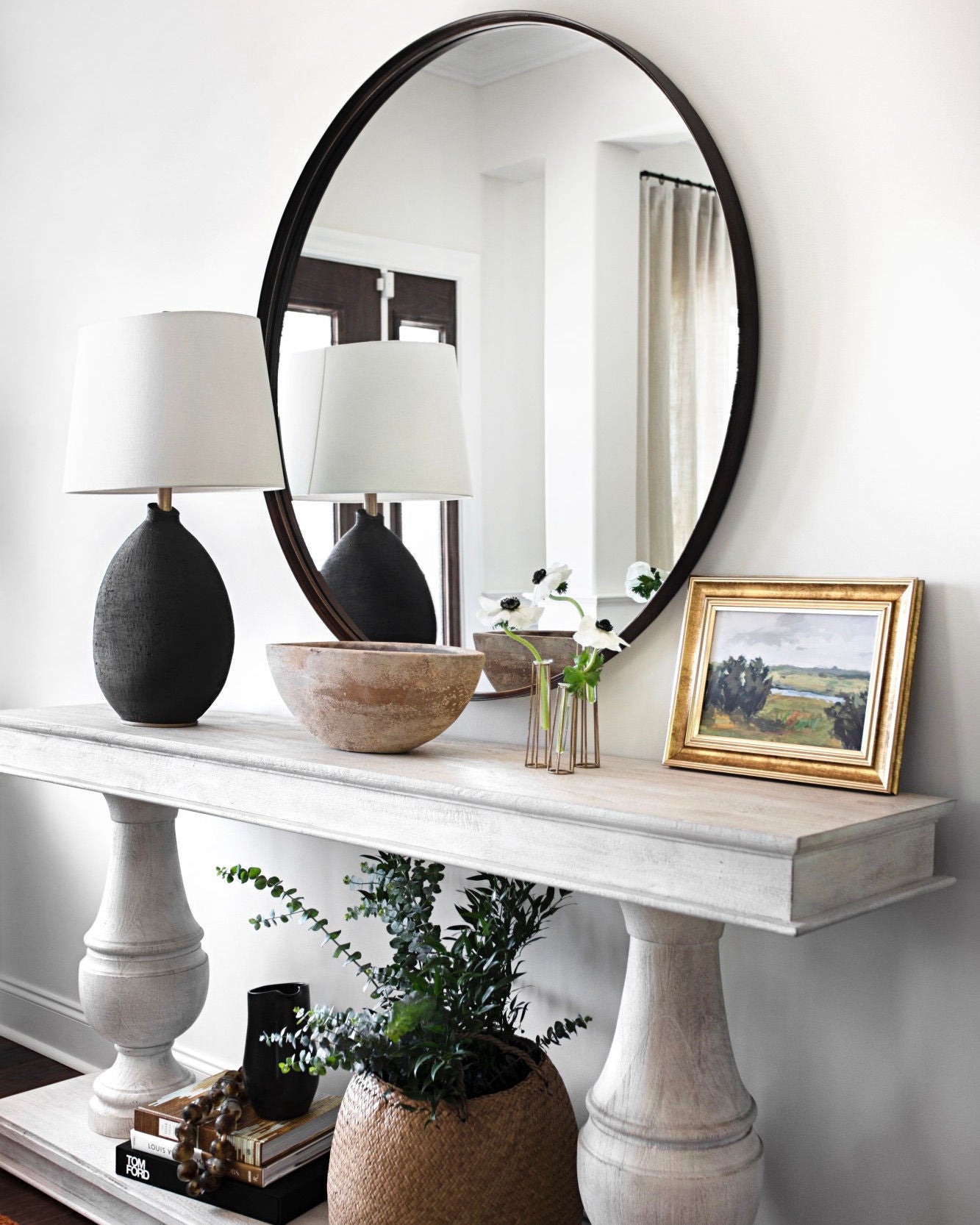
Photography: Caroline Sharpnack
What’s Lurking in Your Home Fragrance
According to the FTC’s Fair Packaging and Labeling Act, manufacturers of products dispensed in the home, like soaps and air freshening sprays, don't need to disclose certain fragrance details because they're considered trade secrets. The act was meant to protect companies' proprietary formulas from theft.
Unfortunately, it also means that companies don’t need to disclose all the chemicals contained in their special fragrance formula. In many cases, you may see it simply listed as “fragrance.” In an independent study on personal fragrances commissioned by the Campaign for Safe Cosmetics, some products contained up to 24 undisclosed chemical components in their fragrance.
So what are these chemicals? Unfortunately, many of these fragrance formulas contain 95-100% synthetic (human-made) fragrances, using crude oil or turpentine oil base. The compounds may include carcinogens, neurotoxins, solvents, aldehydes, petrochemicals, phthalates, and even narcotics. The potential effects of these chemicals are very long and frightening, ranging from developmental delays in children to hormonal disorders, cancers, and more.
In my post on nontoxic interior design, I explained many of these chemicals and hazards' potential effects. Many are very common in household products and consumer goods. For example, PVCs (polyvinylchlorides) and phthalates have been restricted in many countries like Germany, Spain, and Sweden but are still widely used in the United States. Some consumer products companies have created policies to remove PVCs due to their toxicity to people and the environment, but many popular companies still do not.
The point of sharing this isn’t to frighten you or cause any undue stress, of course. We encounter all sorts of chemicals throughout our day-to-day lives, and it would be even more hazardous to our health if we stressed out about the safety of every single one. But it is important to be aware of what may be lurking in your home scents and why these exposures, over time, can add up.
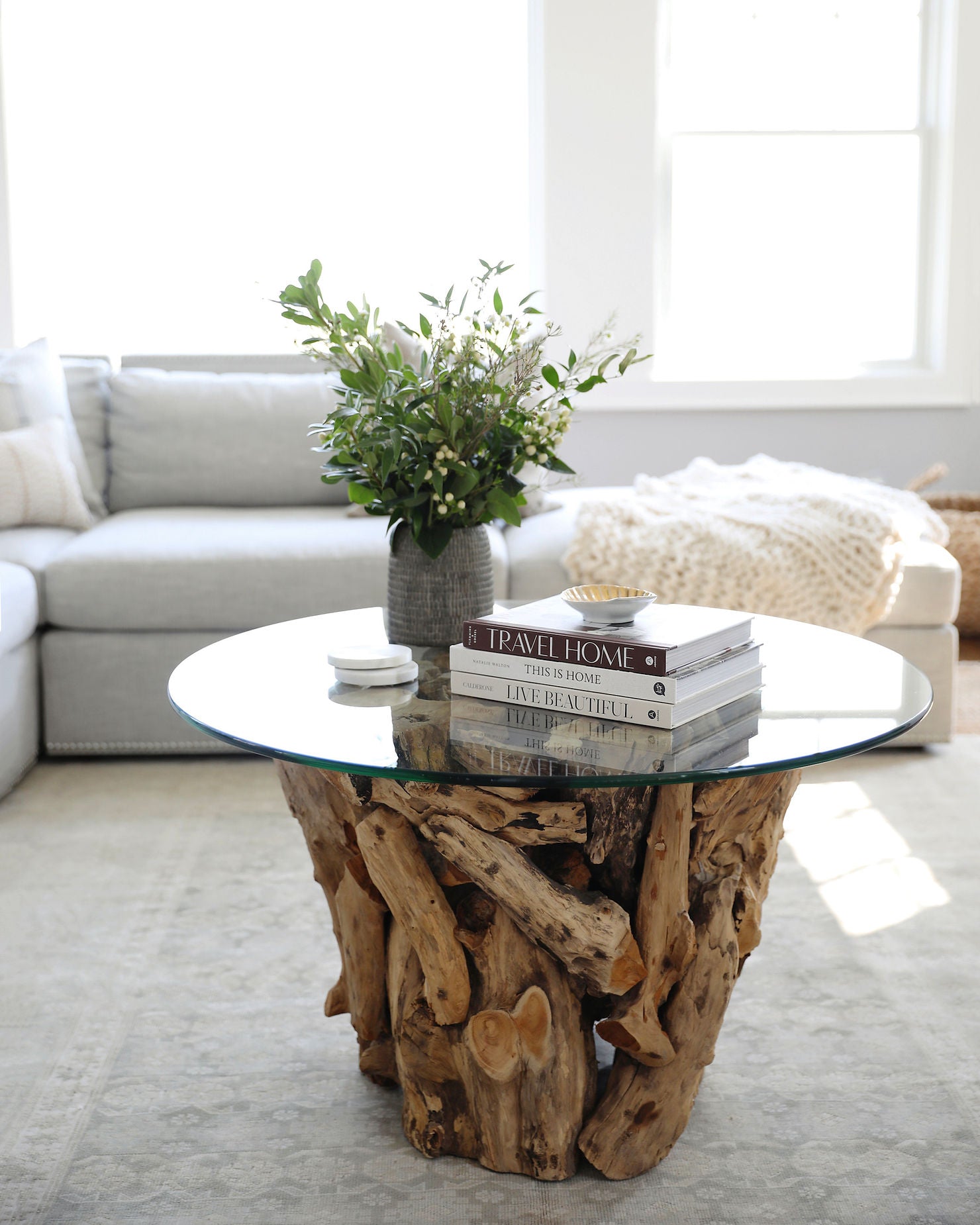
Photography: Jennifer Lavelle
Alternative Options and 7 Nontoxic Ways to Scent Your Home
If you’re considering how you can use less-toxic fragrances in your home, you have many great options. I mean, let’s face it—all homes have certain less-than-pleasant smells. So the next time you want to create a more spa-like atmosphere, cover a cooking smell, or frankly, just make your home smell great, here are 7 nontoxic home fragrance options to try.
1. Improve Air Circulation
I love those moments on a beautiful sunny day when I can open up the windows and let in the fresh air. When air circulates throughout our home, it carries out any unpleasant smells. The American Lung Association explains that indoor air can contain "high levels of moisture, odors, gases, dust, and other air pollutants." It's important we let fresh air circulate to weaken the impurities and move out some of that stale, low-quality air.
Ventilation is crucial for the health of your home. If you’re in the planning stages of designing your home, it's smart to check that your architect and designer have included adequate ventilation. Fans help the air circulate too. If you're living in an older house or still working on ventilation details, running an air-purifying fan like the Dyson Pure Cool, and opening windows will make a noticeable difference.
2. Use Nontoxic Elements in Home Design
Another consideration is eliminating the use of toxic elements in your home design and décor. Choose low-VOC paint, natural flooring like wood, bamboo, and tile, and organic materials whenever possible. Many of your home décor elements like paint, carpet, and even furniture can emit toxins long after the “new” smell has worn off.
By selecting nontoxic elements in your home design, you’ll avoid invisible (and odorless) toxins and create a safer environment overall. If you’ve taken these extra steps to create a less-toxic home, then the occasional candle or room spray won’t compound your exposure.
3. Add Plants to Your Home Décor
Plants help clean the air in your home, regulate humidity, and improve a healthy environment. Better still, some plants give off light scents that are wonderful for giving your home natural fragrance. Most houseplants are not fragrant, but there are a few that are easy-to-care-for and beautifully scented.
Night-blooming Jasmine is an excellent option for the bedroom or a bathroom. Fresh herbs like mint or thyme add fragrance in the kitchen and can be enjoyed in meals. Eucalyptus, lavender, and rosemary can be a bit more challenging to grow indoors (depending on your region) but give off beautiful scents as the payoff.
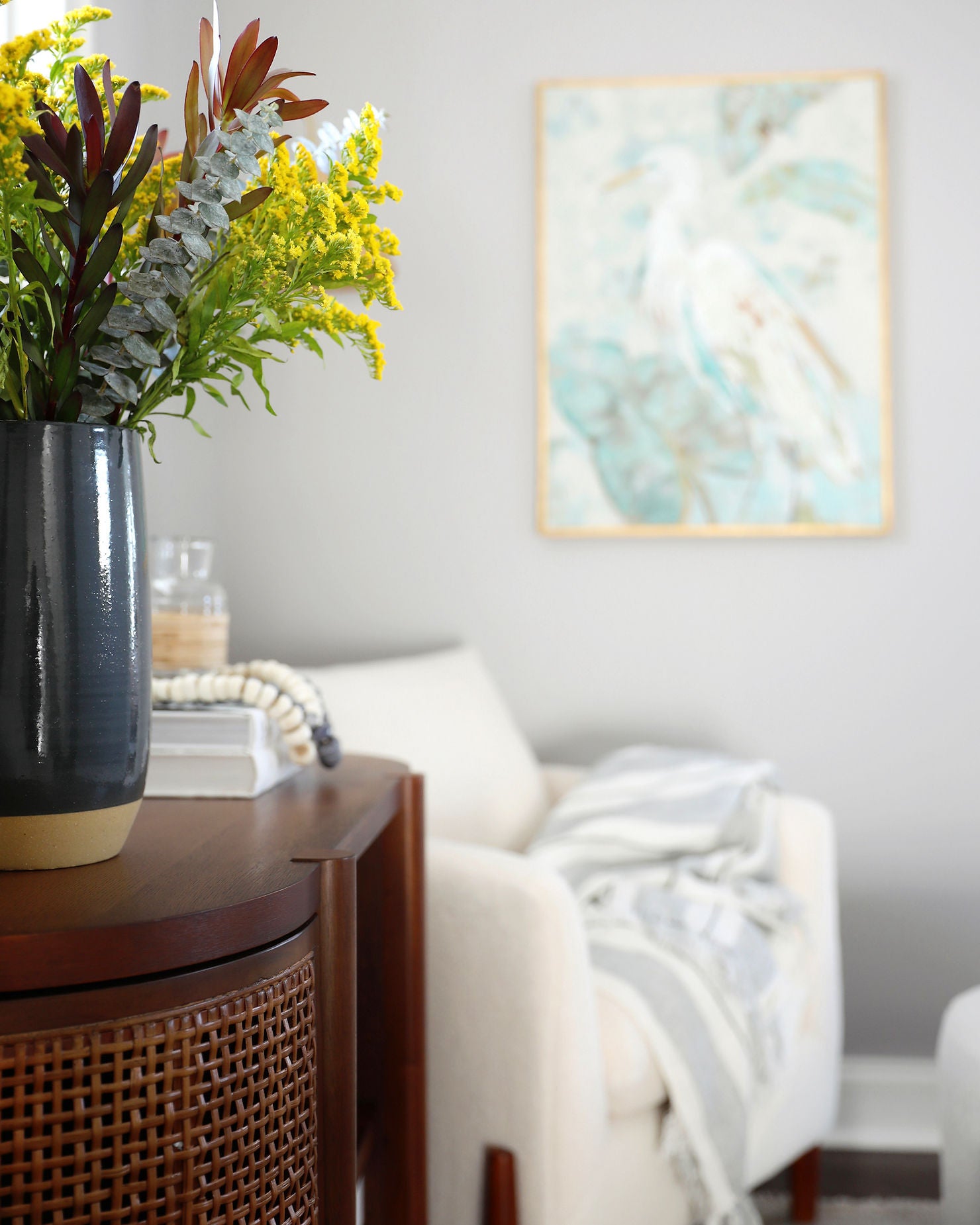
Photography: Jennifer Lavelle
4. Use Natural Spices, Herbs, & Fruit
For natural, nontoxic home fragrance, stay in the flora realm with herbs, spices, and fruits. Simmer citrus peels, cloves, and cinnamon on the stove for a spicy, wonderful scent. You can dry an array of fresh herbs like thyme, bay, and sage for a lightly scented potpourri. Cloves may even deter pests.
Did you just put away an odiferous, garlicky meal? Brew up some decaf coffee after dinner to clear the food odor and get a burst of energy. Coffee scents are great for waking up in the morning too! Or brew up a strong batch of herbal tea, especially peppermint, to cover cooking smells and freshen the air.
5. Absorb Odors with Charcoal or Baking Soda
If you’re looking for organic air freshener ideas, consider absorbing the smells instead of covering them up. Baking soda is the tried-and-true standby for absorbing odors (which is why they tell you to put an open box in the fridge).
Another option is to use bamboo charcoal-filled bags. Charcoal reduces moisture in the air, which can trap odors and cause them to linger longer. Some people swear by hanging a charcoal bag in their closet or storage area to help keep it fresh.
6. Diffuse Oils
My personal favorite nontoxic home fragrance option is diffusing essential oils. I look for pure and organic oils and either run them in a diffuser or use a reed diffuser for a soft, ambient fragrance. I really love the home fragrance options from Jenni Kayne, Shoppe Amber Interiors, and Stoffer Home—especially the reed diffusers.
You can also purchase lava rock and other artful home fragrance diffusers, which are a nice touch on a desk or shelf. With most fragrances, less is more. You don't want the scent to overwhelm a corner of your home, but instead, to naturally elevate the atmosphere and freshen the air.
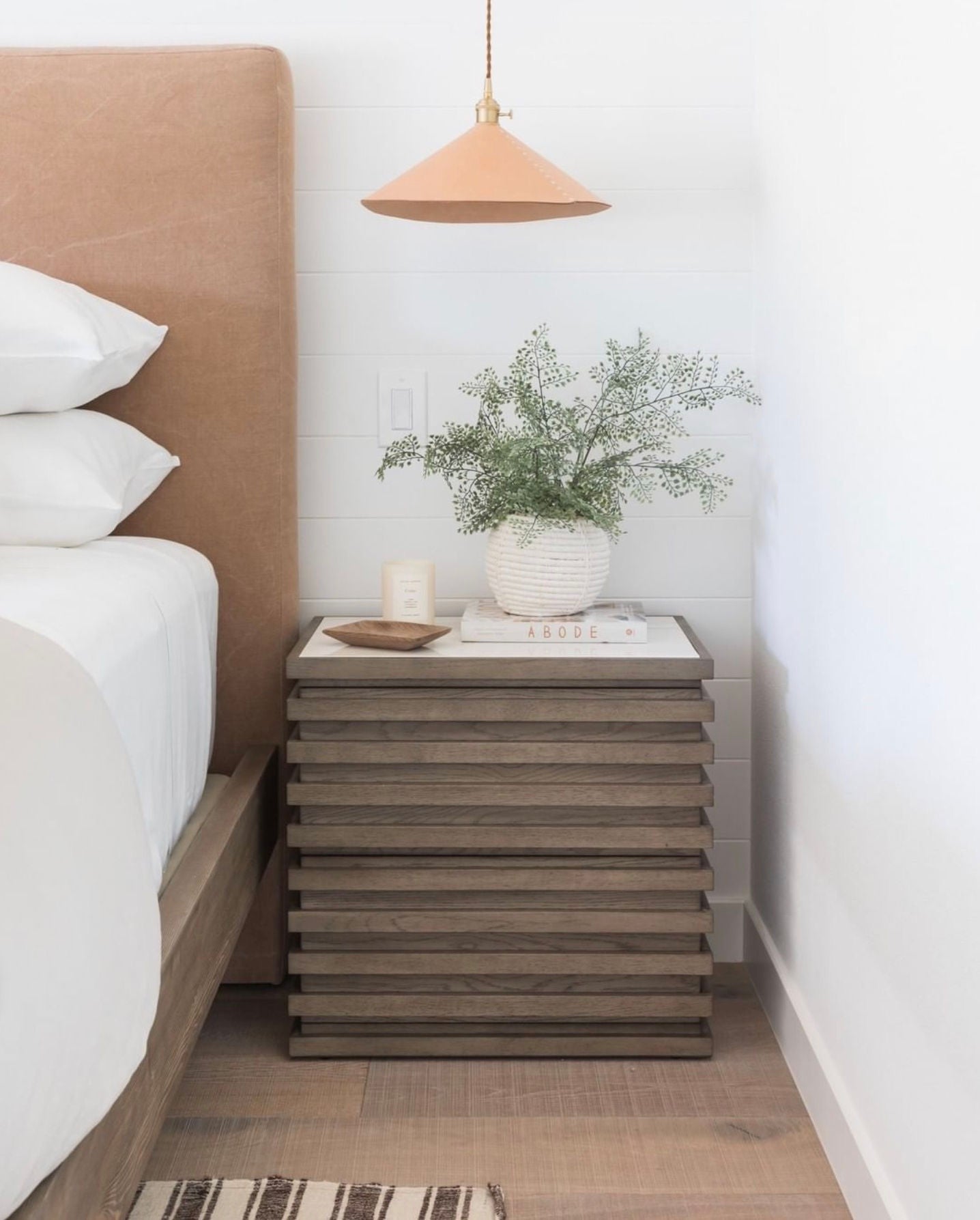
Design: Mindy Gayer Design Co. | Photography: Vanessa Lentine
7. Select Candles Carefully
Did you know that before 2003, many candle wicks contained lead?! Fortunately, those have been banned, and there are many safer, clean-burning candles on the market. While there's really no such thing as completely nontoxic candles, there are many great organic candles and safe options that you can use in your home with peace of mind.
I love the candle options offered by Jenni Kayne. They have a wonderful fragrance and are beautiful as well (they look great on a shelf, even if rarely lit). There are also some excellent soy wax candles out there. Look for descriptors like organic and nontoxic, paraben-free, phthalate-free, and a cotton wick, so you know you’re burning the safest possible candle option.
If you’re worried about nontoxic home fragrance, don’t stress. Read ingredients carefully or try some of the natural air fresheners described here. Our homes should be a sanctuary—a place where we love to be, and scents are a big, emotional component of that. What are your favorite ways to add fragrance to your home? Let me know in the comments.
X Lauren

